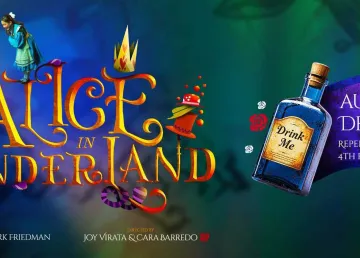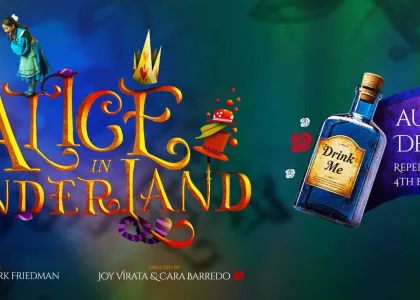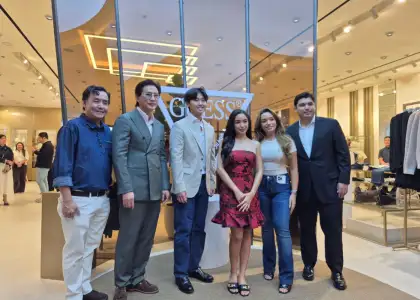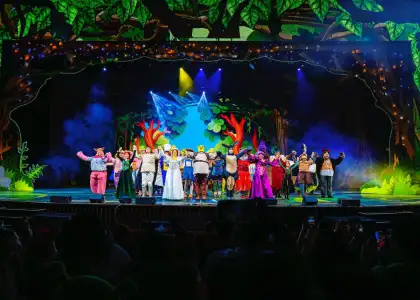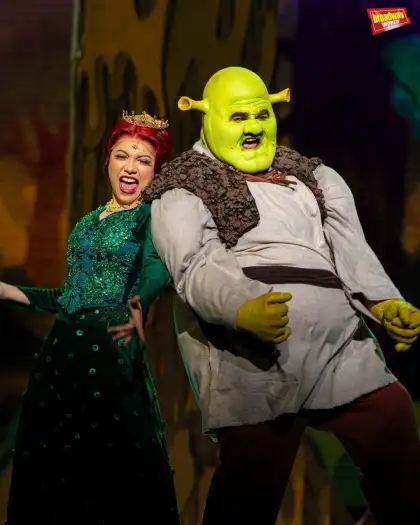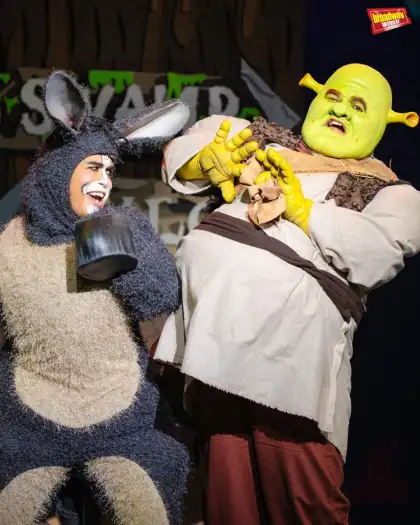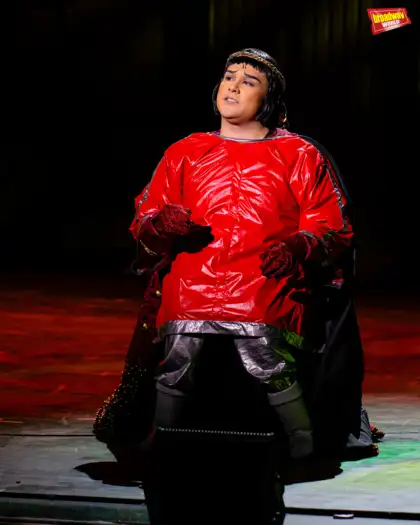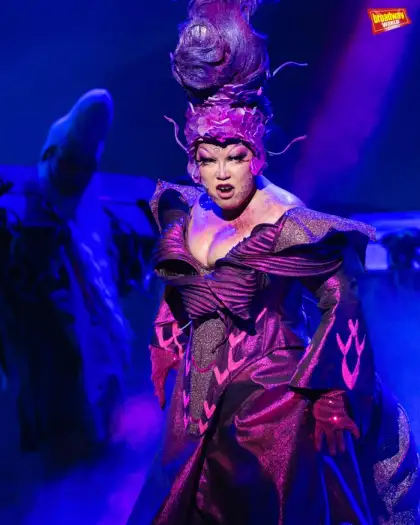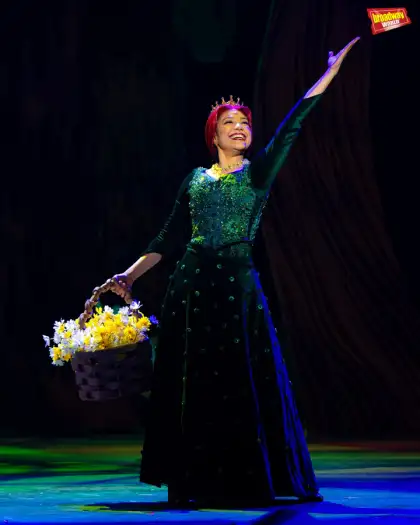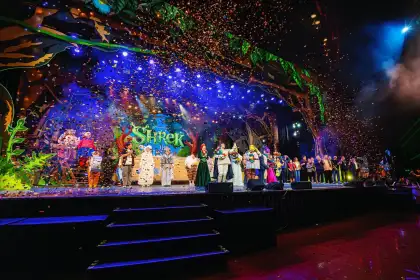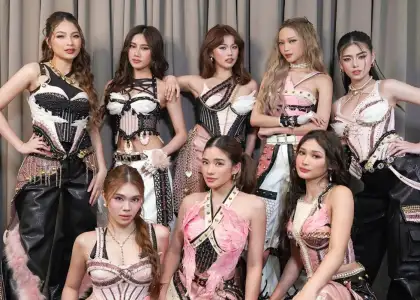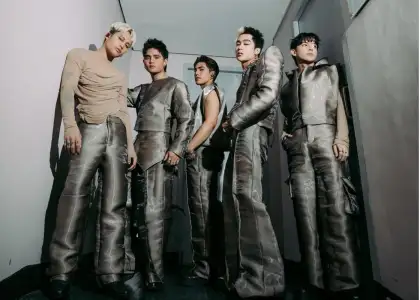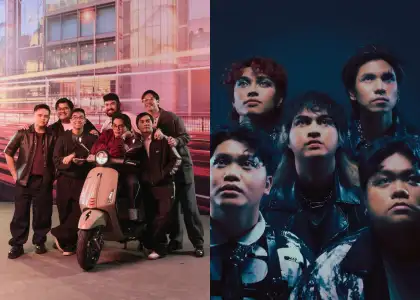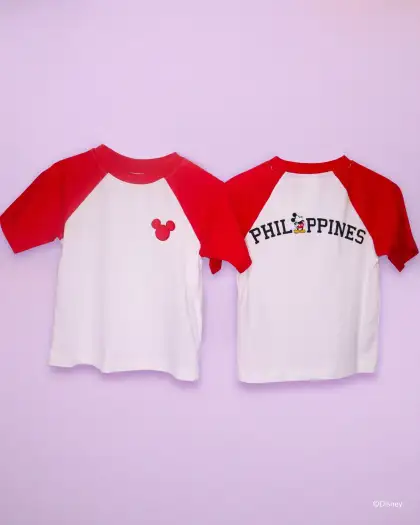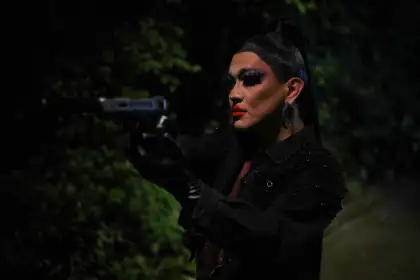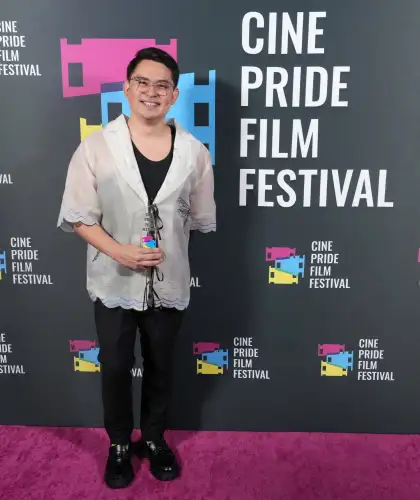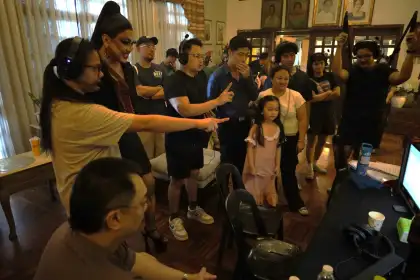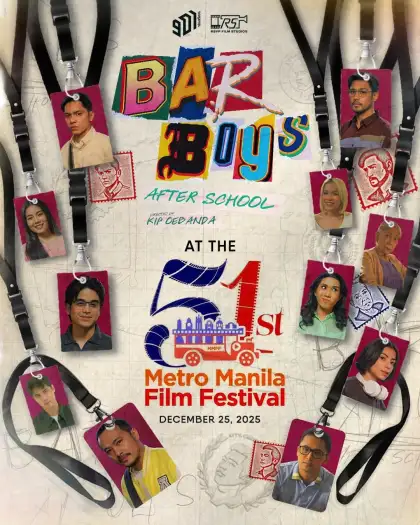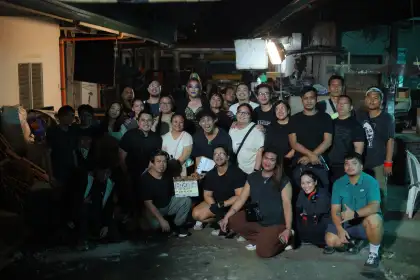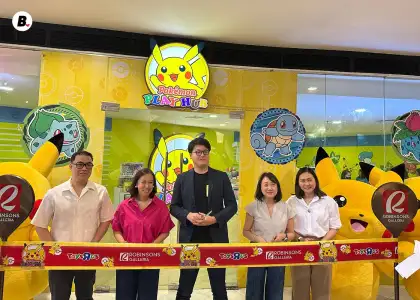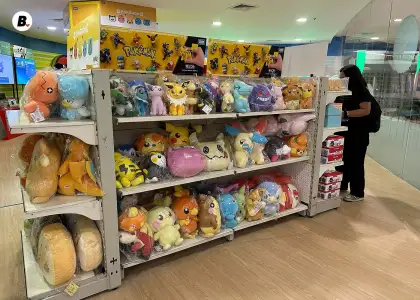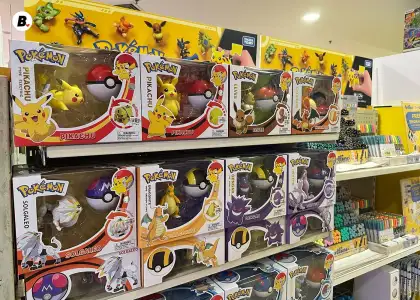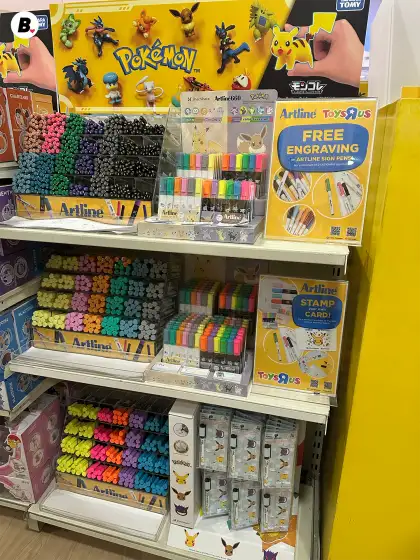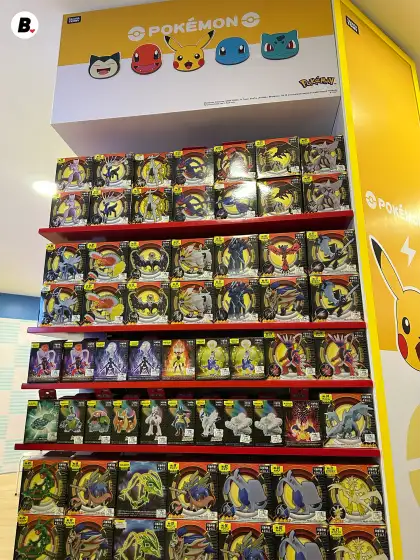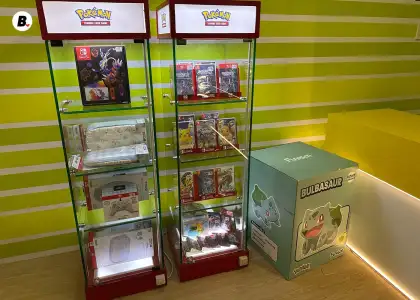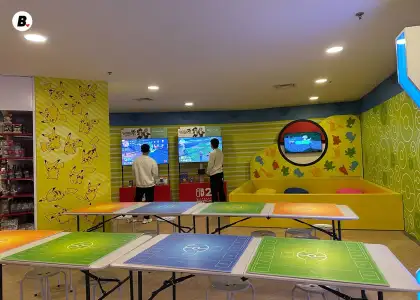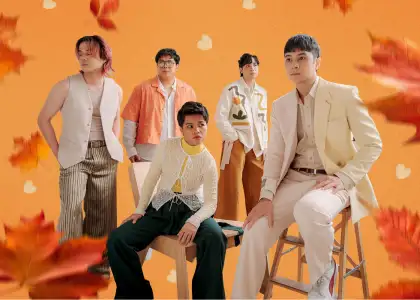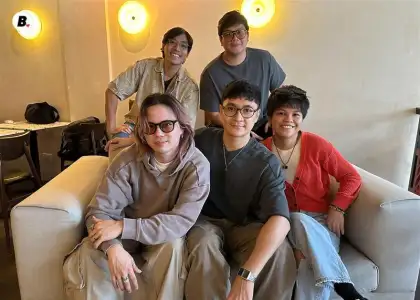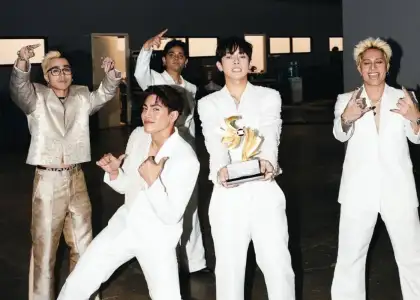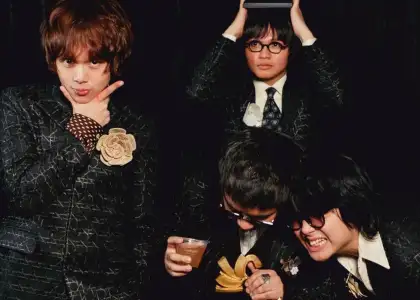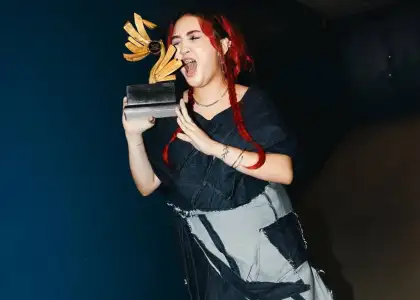Scientist Sophia Hernandez: Studying Pathogens, Making Science Accessible
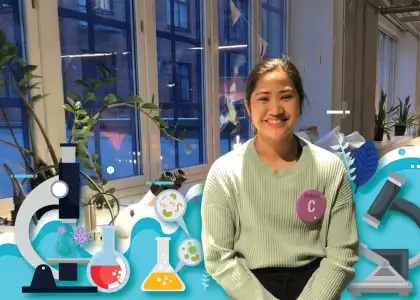
The portrayal of a scientist in popular culture as an eccentric, lab-dwelling, likely unsociable male genius was probably at one point amusing, but it would be difficult now, perhaps, to regard this hackneyed typecasted image as anything other than tiring if not unimaginative. It's a notion that did not happen in a vacuum.
For 11 years, between 1966 and 1977, a group of researchers led by social scientist David Wade Chambers asked about 4,800 children from kindergarten to fifth grade to draw a picture of a scientist. Known as the Draw-A-Scientist-Test, the study revealed that out of thousands of drawings collected, only 28 women scientists were drawn by the kids (and entirely by girls), which was less than 1% of all the schoolchildren who participated.
The representation and visibility of women in Science, Technology, Engineering, and Mathematics (STEM) surely have come a long way from the time when women were deliberately excluded and unacknowledged in science. In fact, a meta-analysis of five decades of Draw-A-Scientist studies, published on March 20, 2018, on the Child Development journal, showed that children's drawings portrayed women scientists more often in later decades, albeit less among older children, as the representation of women in science increased considerably.
It helps to have someone to look up to.
A study published in the Frontiers in Psychology journal on Sept. 10, 2020, showed that when it comes to encouraging young girls to go into STEM fields, exposing them to the lived experiences of women role models who are thriving professionally in their respective STEM disciplines can be favorable.
This rings true for Sophia Hernandez, a current PhD student in Molecular Biology at Umeå University in Sweden. Having parents with a background in chemistry, the thought of becoming a scientist never seemed impossible for her. In an interview with The Beat Asia, Sophia credited her mom, Dr. Christine Hernandez, a professor at the Institute of Chemistry at the University of the Philippines-Diliman, as her influence in pursuing a career in STEM.

"I feel like because [my mother] was one, I never felt I couldn't be one and I think that's a pretty big [thing], to know you can be one..." she said about becoming a scientist. "It's still my mom who's the biggest influence because early on, at least I could feel I can be in this field."
Math and science had always been her strongest suit in high school, after all. For her, it wasn't so much a question of whether or not she wanted to pursue science as her career of choice but whether she'd rather go to medical school or graduate school after her undergraduate studies.
"I thought about whether med school would be a path [that] I want, parang hindi (not like) because I'm more interested in the experimental side of science and asking questions and trying to find out more of the biology of something," she said.
Sophia graduated cum laude with a Bachelor of Science in Molecular Biology and Biotechnology from UP Diliman in 2018. Her field of study centers on pathogens, her interest kindled after she took an immunology class in college.
"'Yung topic was how pathogens evade the immune system or hide from the immune system para hindi siya ma-clear (so they would not be cleared) and I thought sobrang interesting noon kasi 'yung pathogens nito, they're small in every way pero they can think of really clever ways to adapt..." she said.
"A lot of these pathogens, they're quite understudied or they usually only occur or mostly occur in areas na developing regions, so in terms of economic or financial investment they're not as big for pharmaceutical companies, for example, to invest lots of money into studying or developing treatments for them so... there was this need or demand to study pathogens."
For the unknowing, pathogens are organisms that bring disease to a host and can either only live and reproduce in a host cell (obligate) or in and outside it (facultative). These comprise viruses, bacteria, and eukaryotes, many of which are harmless to humans, though a small number can be detrimental to human health.
Much of Sophia's research experience is concentrated on Plasmodium, a genus of the Sporozoa class that includes parasites that cause the disease malaria. Her undergraduate thesis was also based on Plasmodium, which was partly influenced by her thesis adviser.
"Usually if you're in a lab, there are already ongoing projects and you try to contribute to that project [because] it takes time and it's a group effort as well, so that's how I got started there," she shared. "As I kept reading on the parasite, of course it [became] more interesting for me."
The Sanger Prize and Forskar Grand Prix
One of Sophia's biggest personal achievements was when she won the Sanger Institute Prize of the Wellcome Sanger Institute in the United Kingdom in 2018. The prize is directed towards undergraduate students who are studying and have an active interest in genomics and who belong to low- or middle-income countries. Winners of the competition are offered an all-expenses-paid internship at the institute, where they get to work in their lab of interest.
Sophia spent three months at the Sanger Institute in 2019 as a visiting scientist, where she worked in the lab of Dr. Julian Rayner studying antimalarial mutations.
In late 2021, she bagged the second prize in the Forskar Grand Prix (Researchers' Grand Prix) in Stockholm with her presentation, "Tackling Malaria by Looking at the Biology of Parasites." The Forskar Grand Prix is a competition wherein scientists in Sweden compete to present "the most understandable, captivating and inspiring presentation of their research in just four minutes."
In her presentation, Sophia shared that she had wanted to become a superhero when she was a kid. Sure, this childhood dream didn't really pan out for her, but she did get close enough: she became a scientist who investigates pathogens. She likened scientists to superheroes who work with people to defeat villains like bacteria, viruses, fungi, and parasites, and identified Plasmodium as her super-nemesis that she must beat with science. Using the genome editing system CRISPR-Cas9, Sophia has made it her mission to study Plasmodium and have a better understanding of it to help develop ways to target it.
Yet despite these achievements that speak of her brilliance, Sophia also shared that there were instances wherein she doubted her own abilities and felt that she had to work harder than her peers because she’s a woman. While the representation of women may be getting better in STEM, Sophia said that there are still biases that exist.
"I've been made to feel that I'm not credible enough or I don't know enough about [something] or people doubt you in what you say, and the annoying thing is [it's] something you realize in retrospect so at the moment, you don't feel [it]. I guess because some of it is so ingrained in some people, like their biases, you don't feel that they are being sexist towards you, but then after you think about it, 'Oh, bakit ako ganiyan yung treatment pero 'yung peer ko na lalaki hindi ganun? (Why was I treated that way, but my male peer was not?)'" she said.
Apart from experiencing sexism, she, too, has had to grapple with impostor syndrome. Impostor syndrome usually occurs among women and high achievers who, despite their success and accomplishments, doubt their merits and believe they're a phony or an impostor.
"All the time," she admitted when asked if she had ever experienced impostor syndrome. "Especially in academia. I've asked my supervisor this and she said it never ends, but I think you just try to be kinder to yourself and know you deserve [the] credit, you deserve these different achievements."
More Filipinas in STEM
In the Department of Science and Technology – Science Education Institute's (DOST-SEI) "Women in Science" report from December 2021, it was shown that the number of women in science and technology careers between 1990 and 2015 has increased. In 2015, there were 10 million bachelor's degree holders in the Philippines; of this figure, 3.7 million had science and technology degrees, and about 45% comprised women.
Women were generally in the fields of nursing, midwifery, and health disciplines, although the report found that women in engineering, architecture, and information and communication technology are now on the rise.
Of course, the report was not without gaps and inequalities. It was shown that women workers in the fields of science and technology were mainly located in the National Capital Region, Central Luzon, and CALABARZON. High gender disparity was also observed in engineering and architecture.
Interestingly, despite the small number of science and technology workers with graduate degrees, it was found that there were more women (54.3%) who held such degrees. The DOST thus underscored the need to improve the science and technology human resources in the Philippines by increasing the number of Master’s and PhD graduates.
As per Sophia, there are many women in STEM fields back home, citing brilliant professors as well as women in leadership positions. However, it seems to be the lack of visibility that still remains to be a problem.
"I think it needs to be more out there [that these women] exist so more people know it's a career that they can take, and you can be successful in it kahit babae or lalaki ka (whether you're a woman or a man)," she said.
As for young Filipinas who want to pursue a career in science, the door is wide open.
"There's space for you in science, there's space for everyone and if there's something that interests you, just go for it. It shouldn't be a field that's exclusive to males.”
She also shared that there's no doubt Filipino scientists are amazing at what they do; it isn't so much the expertise or skills that are wanting.
"I think it's the systems that restrict people from doing good science," she said, adding that the priority must be in procuring equipment. She also pointed out the lack of job security in science and research positions.
"[Procurement] goes through a very difficult process to the point it takes three months to get a chemical or reagent whereas here, [in Sweden], you can order something, and it could arrive the week of. So, imagine in terms of time, how much that saves you and how productive you could be if only things would arrive," said Sophia.
"I also think for many projects, 'yung mga research associates and lab technicians, they're also contractual... I think that also makes it difficult for people to do their job properly."
Democratizing Science, Dealing With Misinformation
When COVID-19 came to the fore, so did the onslaught of misinformation about the disease that pervaded the internet. Opposing rhetoric to the COVID-19 vaccines were varied and divisive, some on the pretext of bodily autonomy or religion, others on unfounded fears over being implanted with microchips or becoming infertile.
For scientists living in these pandemic times, the widespread misinformation about COVID-19, and science in general, seemed to be the big fat elephant in the room. Here, now, arose an urgency to separate the facts from the myths, the wheat from the chaff.
Yet even though Sophia finds herself frustrated over these things, she takes a kinder approach that's a refreshing swerve from the vitriol that multiple sides can sometimes be guilty of.
"We also have to understand because there are no avenues, you can't really fault the public if they believe this because if there's no way for them to know better, what can they do? [This] is the information that is presented to them, so I think misinformation, it's a two-way thing," she said.
She maintains that the public should be open to scientific advancements and critical about what they read online, but she also acknowledges that communication from the side of scientists is lacking.
"I think it's a challenge for many of us to explain to people in a way that's understandable, what we do, and because it's hard..." she said.
"Sometimes I feel like science tends to be sensationalized 'cause sometimes we just want a headline, a headline is what attracts people, what attracts clicks but then with stuff like that, madaming nawawala, or namimisinterpret, or namimisunderstand (a lot is lost, misinterpreted, or misunderstood), so I think proper conveying of different scientific advancements is necessary. I think it's also important for people to understand [that] science is always changing, so [there’s] stuff you think is correct or people thought is correct today, but new evidence shows that it's not, so it's always changing."
At its core, it's about making science approachable and accessible to the public: that it isn't something to be feared or an area that is beyond the grasp of common people and only understood by a select few.
Sophia believes that even little steps made from one’s corner, such as educating those within the community and being generous with one’s time to inform others, can go a long way.
It's these acts, small they may be, that nonetheless build up in the course of time, ultimately.
"[Being] open to answering questions or at least educating [the] immediate people around you. Just being open to that because I think it's good that they're asking, they're trying to get your opinion. So, whenever my friends ask me or [my] family, I always try to [explain]. I think the easiest thing is to just not explain. It's harder to make an effort to explain – but I think it's important."
Check out Sophia’s science art Instagram account @labdrawer, as well as her takeover of the Pinoy Scientists Facebook page here.
Get the latest curated content with The Beat Asia's newsletters. Sign up now for a weekly dose of the best stories, events, and deals delivered straight to your inbox. Don't miss out! Click here to subscribe.


